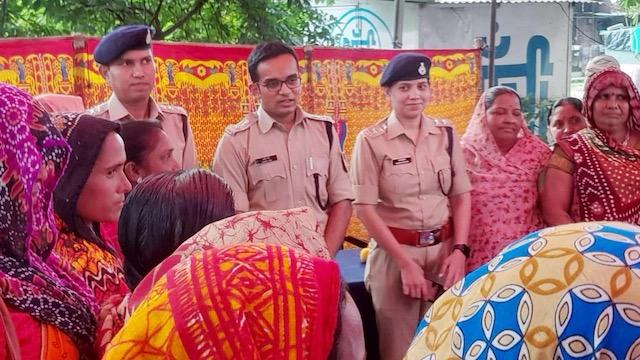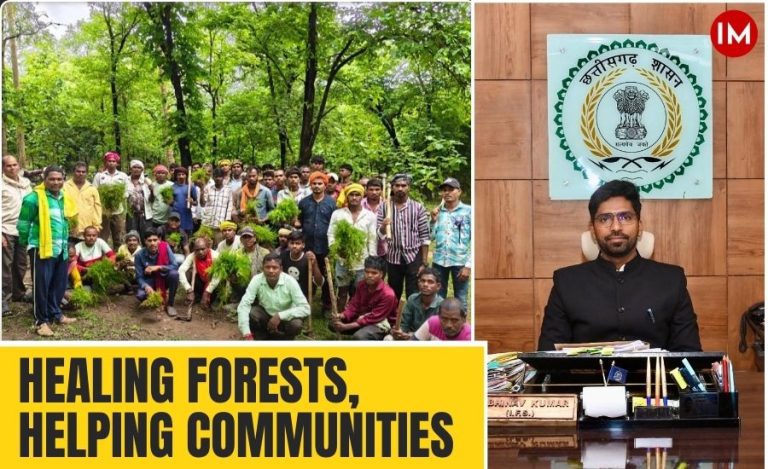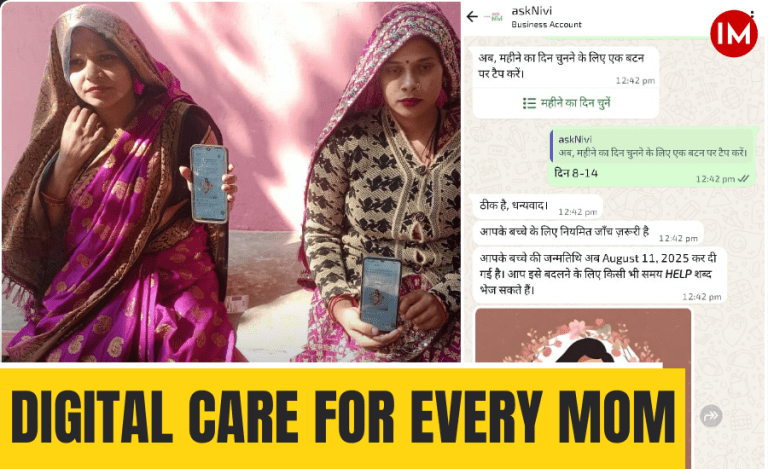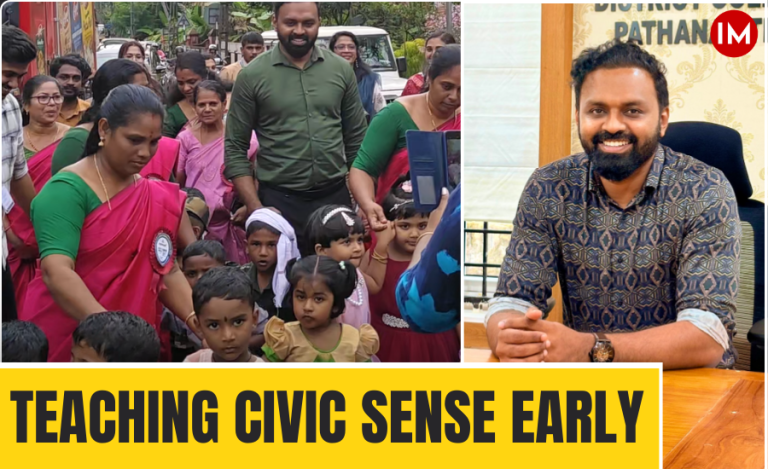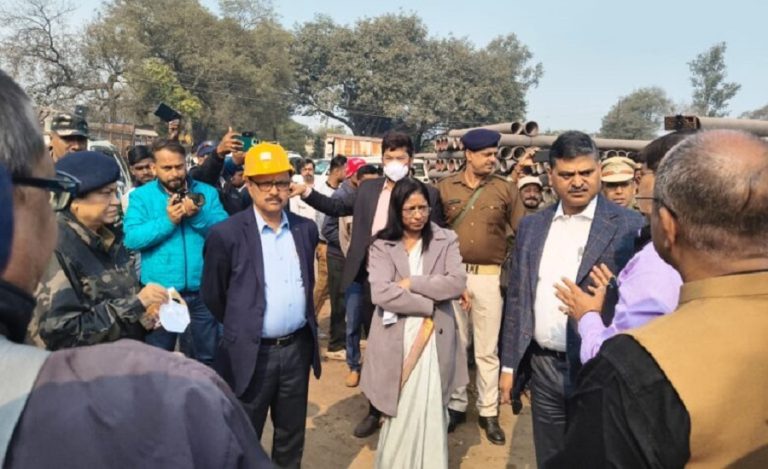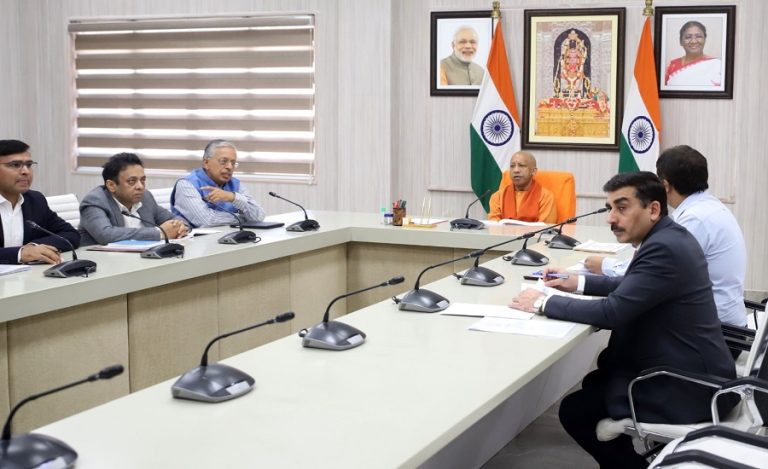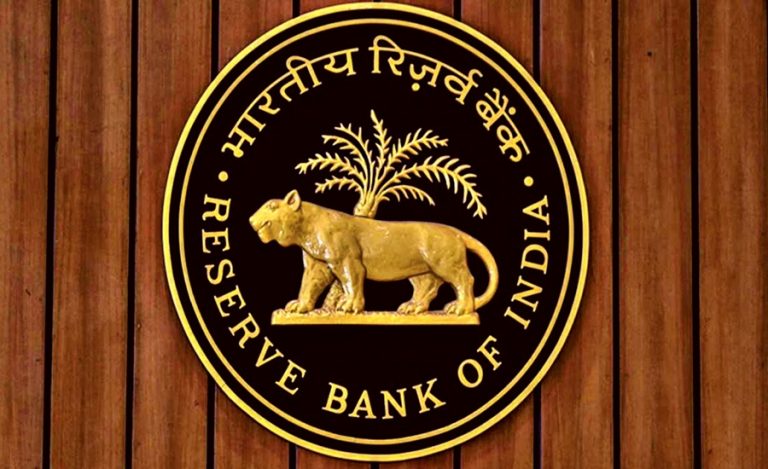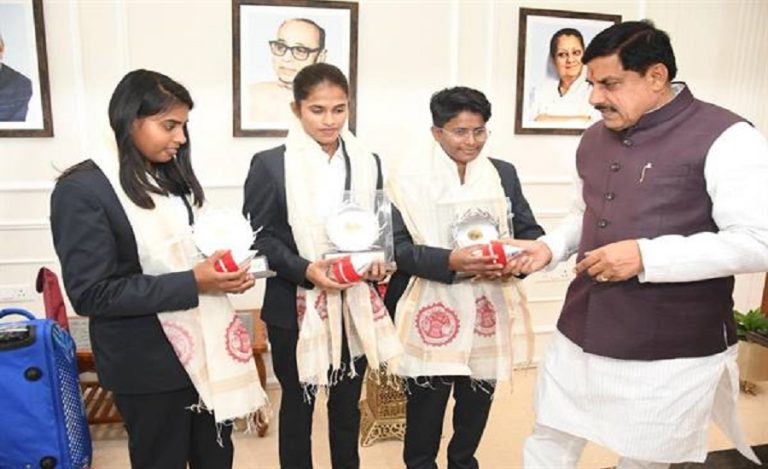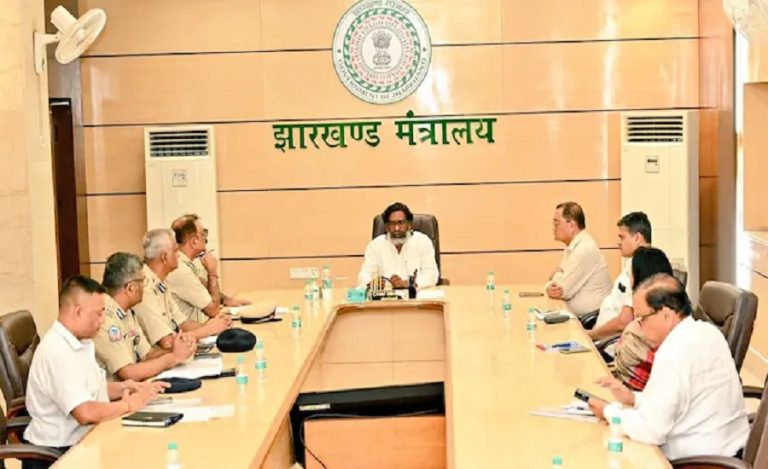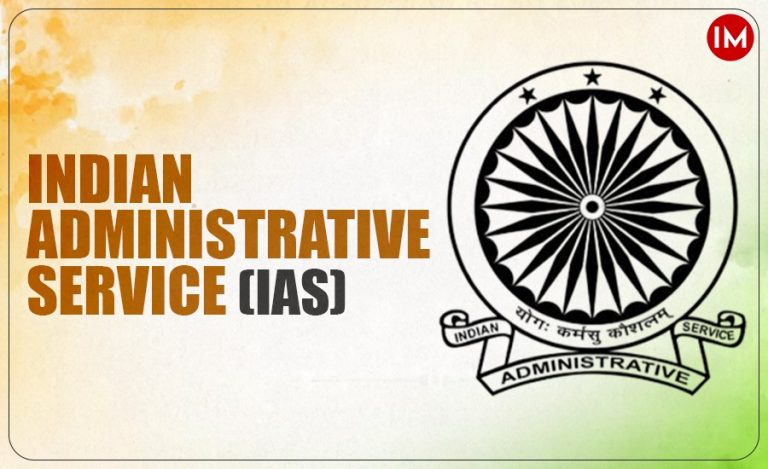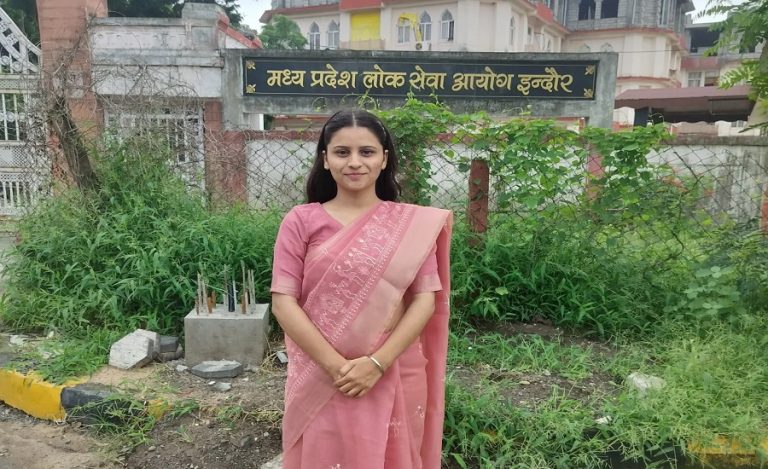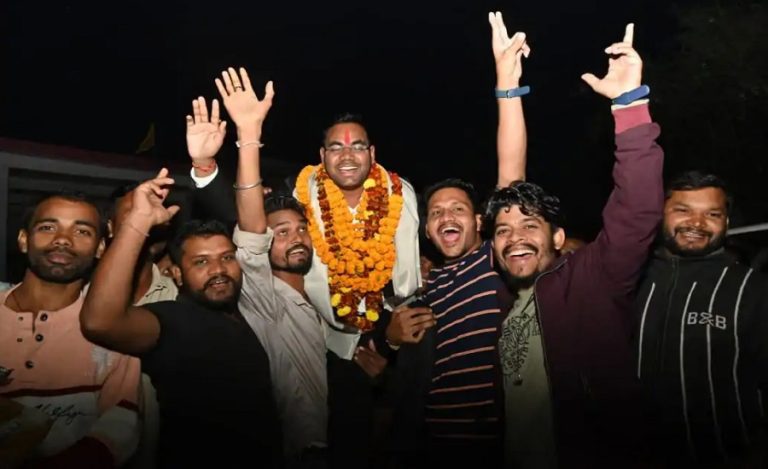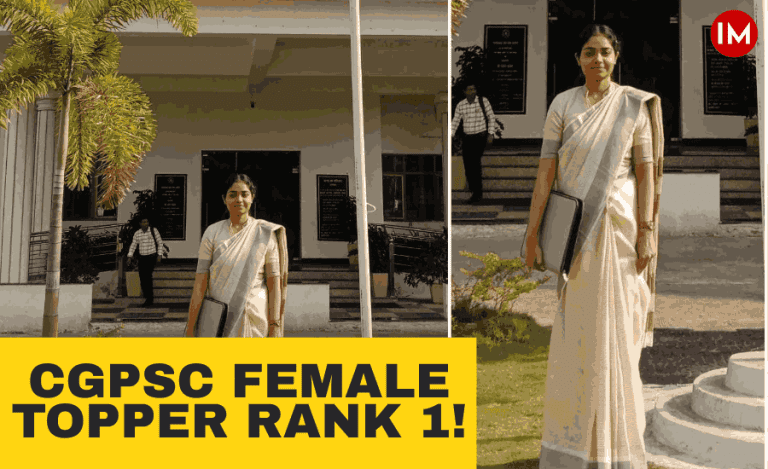In the tribal heartland of Jhabua district in Madhya Pradesh, a quiet revolution is underway, challenging the longstanding norm of reverse dowry, also known as ‘dahej-dhappa.’ This practice sees the groom’s family paying dowry to the bride’s family, turning the traditional dowry system on its head.
Indian Masterminds exclusively spoke with IPS officer Agam Jain, currently posted as the Superintendent of Police, Jhabua, who has been at the forefront of the campaign to eradicate this harmful practice, transforming the lives of many in the region.
THE DISTURBING REALITY OF REVERSE DOWRY
In Jhabua, dominated by the Bhil, Bilala, and Patelia tribes, the reverse dowry system has been ingrained for years. Families often engage in a sort of auction, where the highest bidder gains the hand of a young girl.
“The repercussions are severe, with families sometimes reclaiming their daughters if the groom fails to fulfil the dowry payment, leading to a cycle of exploitation,” shared Mr. Jain.
NAVAL BHURIYA’S EXEMPLARY STAND
The officer shared the story of Naval Bhuriya, a resident of Khardu Badi village, that stands as a beacon of change. Having taken a mere Rs. 525 as reverse dowry during his son-in-law’s marriage, Bhuriya reflected on his own struggles, having taken a loan to pay dowry for his own wedding 20 years ago.
“His determination to break this cycle of debt and exploitation showcases the dire need for reform in the region,” Mr. Jain said.
THE GENESIS OF CHANGE
Through the ‘Saathidaar Abhiyaan,’ a campaign launched by the officer, aimed at convincing village leaders to cap reverse dowry at Rs. 50,000 or less, the officer initiated conversations and leveraged the influence of village leaders to mellow down the burden on the groom’s side of the family.
“By doing so, we ensured that no family was forced to take loans in a bid to get their son married to a girl. Declaring Rs. 50,000 as the highest amount reduced the burden to a good extent,” shared the officer.
DISTRICT-WIDE IMPACT
The Saathidaar Abhiyaan has made significant strides. Of the 3,580 weddings in the region, 324 had no dowry, and 2,302 adhered to the Rs 50,000 cap. Village elders joined the campaign to bring progress to their communities, recognizing the detrimental impact of dowry-related loans and the dehumanization of brides.
CHALLENGES AND OPTIMISM
Despite the progress, some villages faced challenges in implementing the Rs. 50,000 cap. Rising costs associated with weddings led to adjustments in the dowry amount.
A UNICEF survey indicated a decline in adherence to the cap from 81% in 2017 to 63% in 2019. However, the officer remains optimistic, emphasizing the importance of ongoing dialogue to change mindsets gradually.
IPS Agam Jain’s relentless efforts, along with the Saathidaar Abhiyaan, have created ripples of change in Jhabua’s social fabric. By challenging the reverse dowry system, they aim to empower young girls, break the cycle of debt, and restore dignity to brides. While the journey is ongoing, the collective resolve to eradicate this harmful practice provides hope for a brighter, more equitable future in the tribal heartland of Jhabua.

